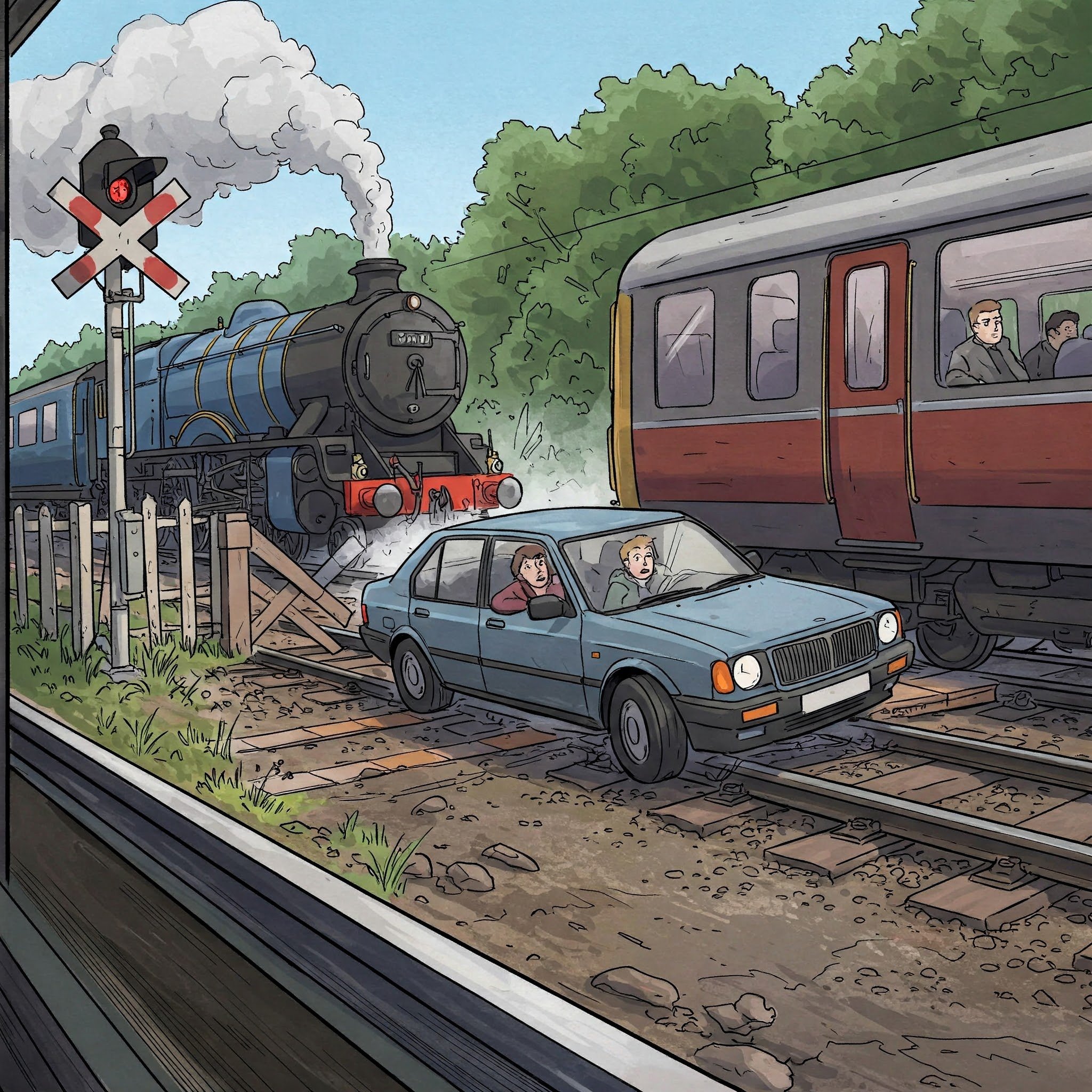Did you know that near misses indicate a potential fatality?
The Near Miss - Larry really didn’t think he was going to make it. He was so surprised as this was at least the tenth time he had come this way home after the pub. It's my first time with Stephanie, though. Larry really hoped that Stephanie thought he was cool.
Stephanie thought that Larry was a complete and utter muppet.
The near misses to fatalities ratio varies depending on the industry and the specific hazards involved. However, some studies have attempted to quantify this relationship.
One well-known study by H.W. Heinrich in the 1930s suggested a ratio of 300 near misses to every significant injury. This ratio is often visualized as part of an "accident pyramid," where the base represents a large number of near misses and the top represents relatively few fatalities.
More recent research has suggested different ratios. For example, some studies have found that the ratio of near misses to fatalities can be as high as 1,000 or even higher.
It's important to note that these ratios are just averages, and the actual number of near misses that occur before a fatality can vary greatly. However, the general principle is that near misses are far more common than fatalities, and they can provide valuable opportunities to identify and correct hazards before someone is seriously injured.
Record your near misses to prevent potential fatalities.

